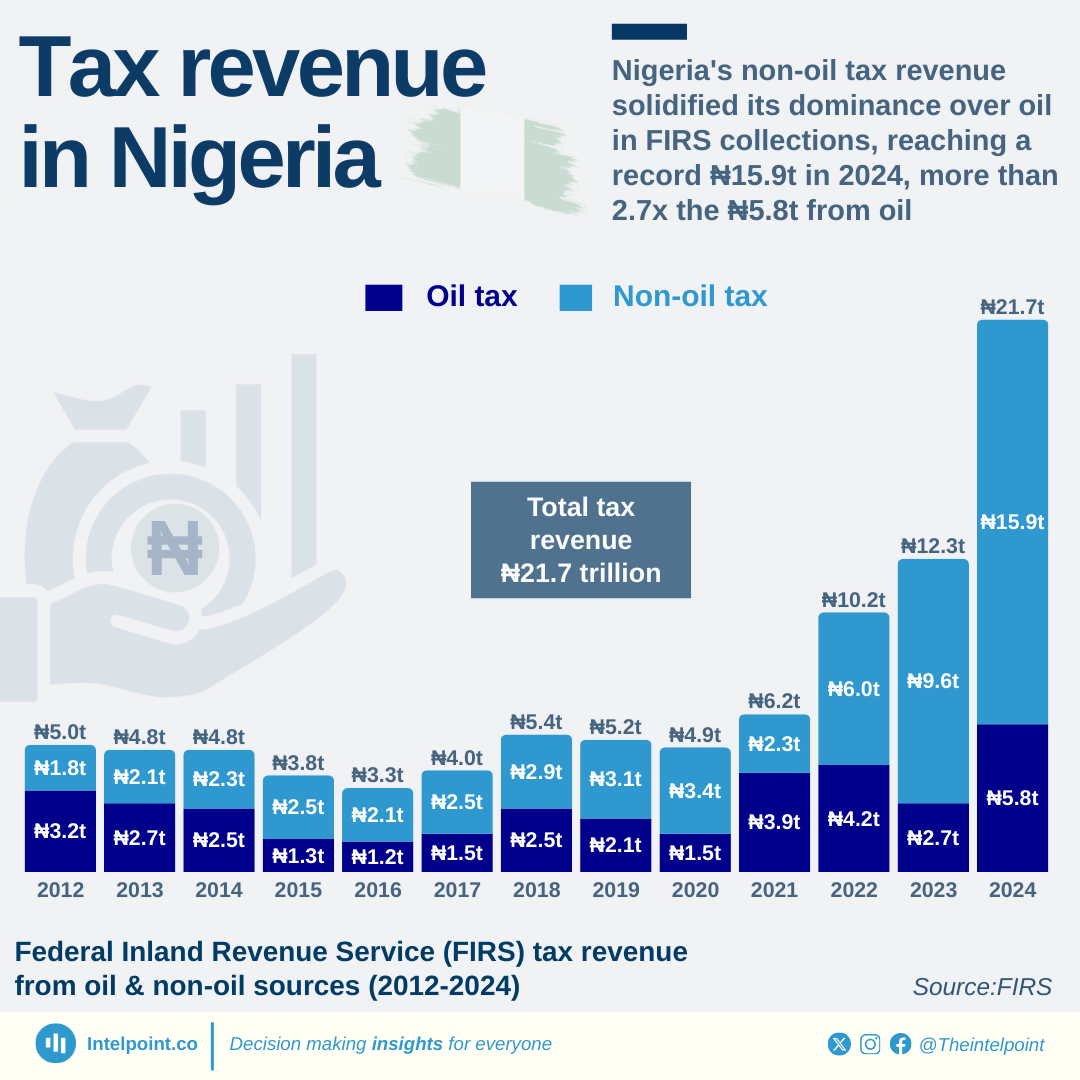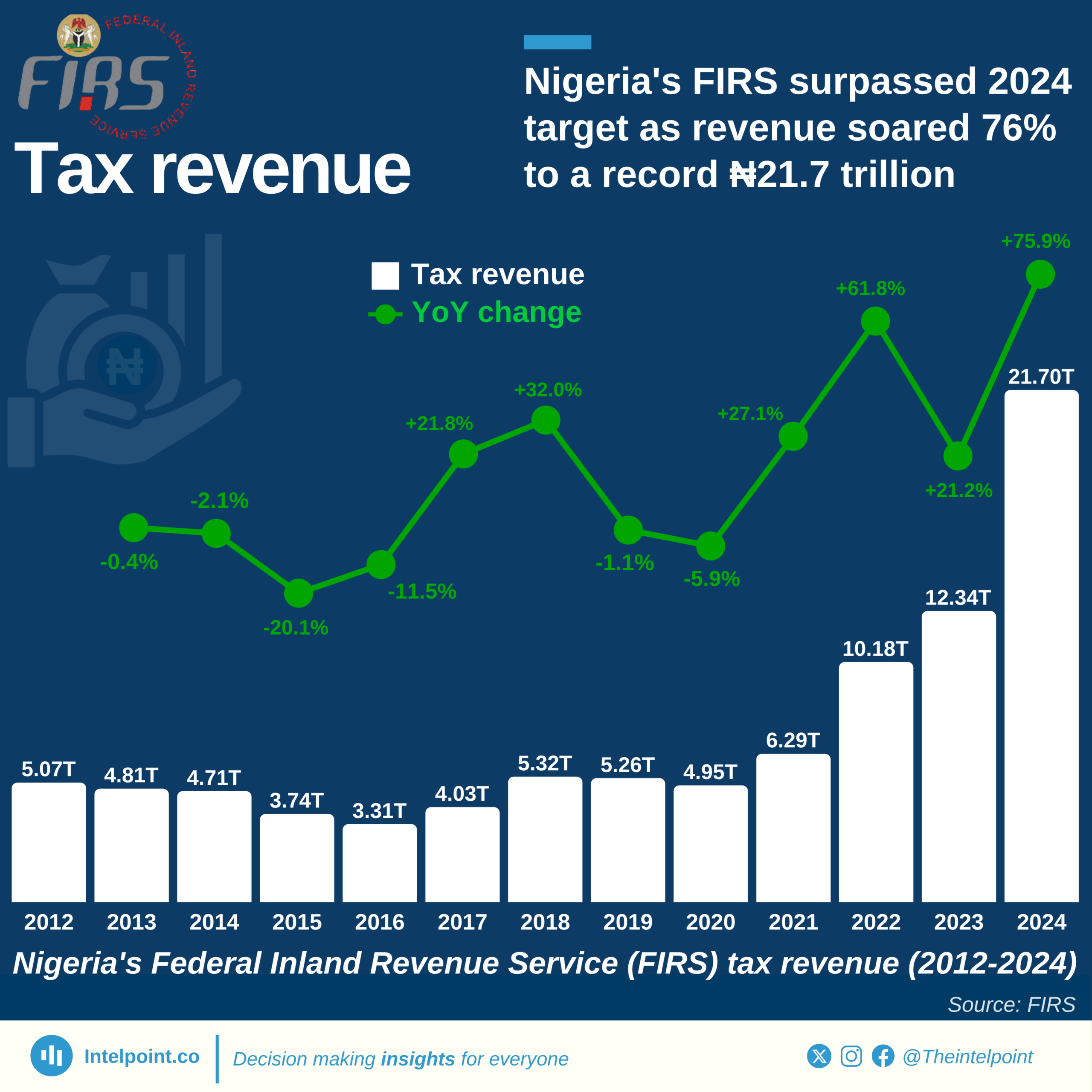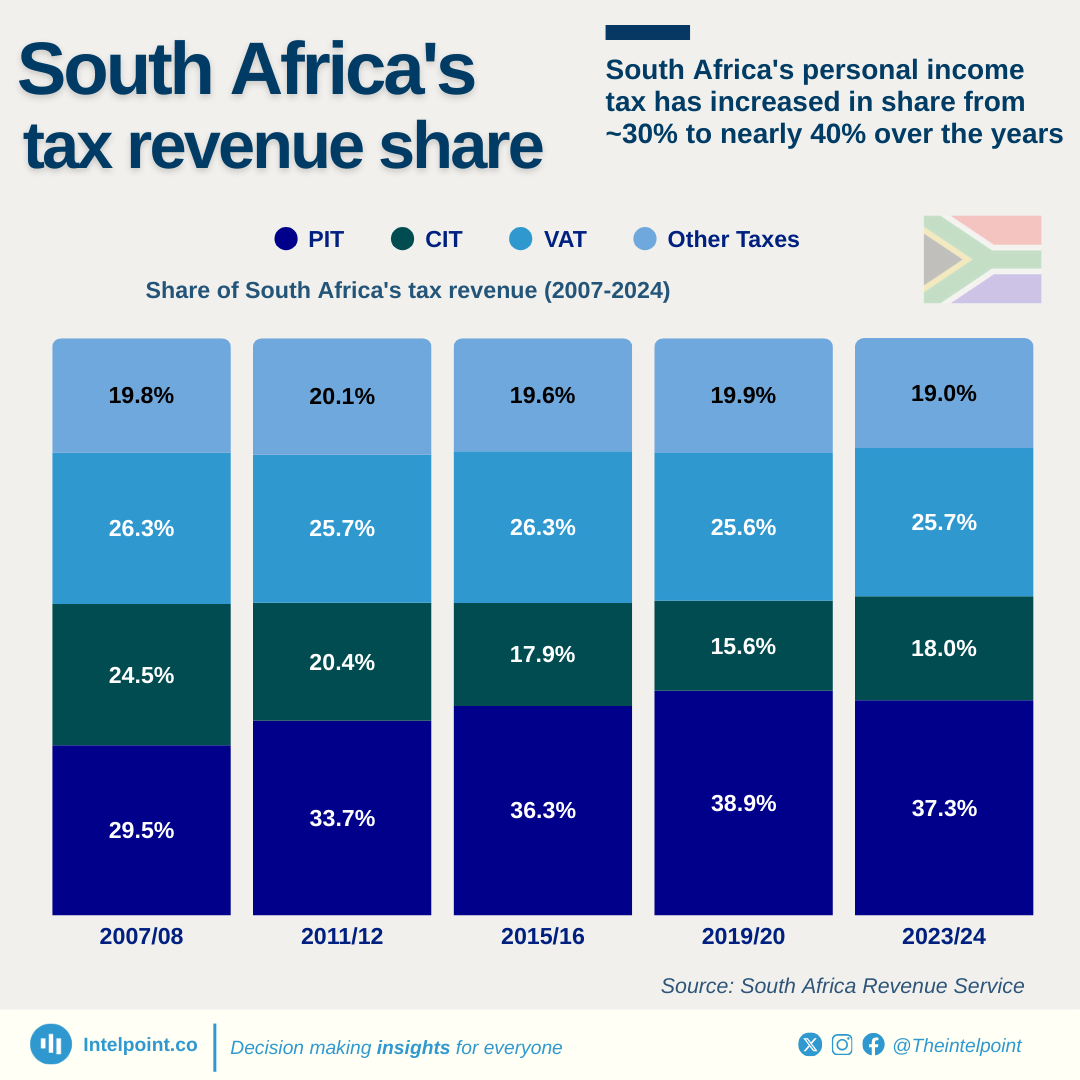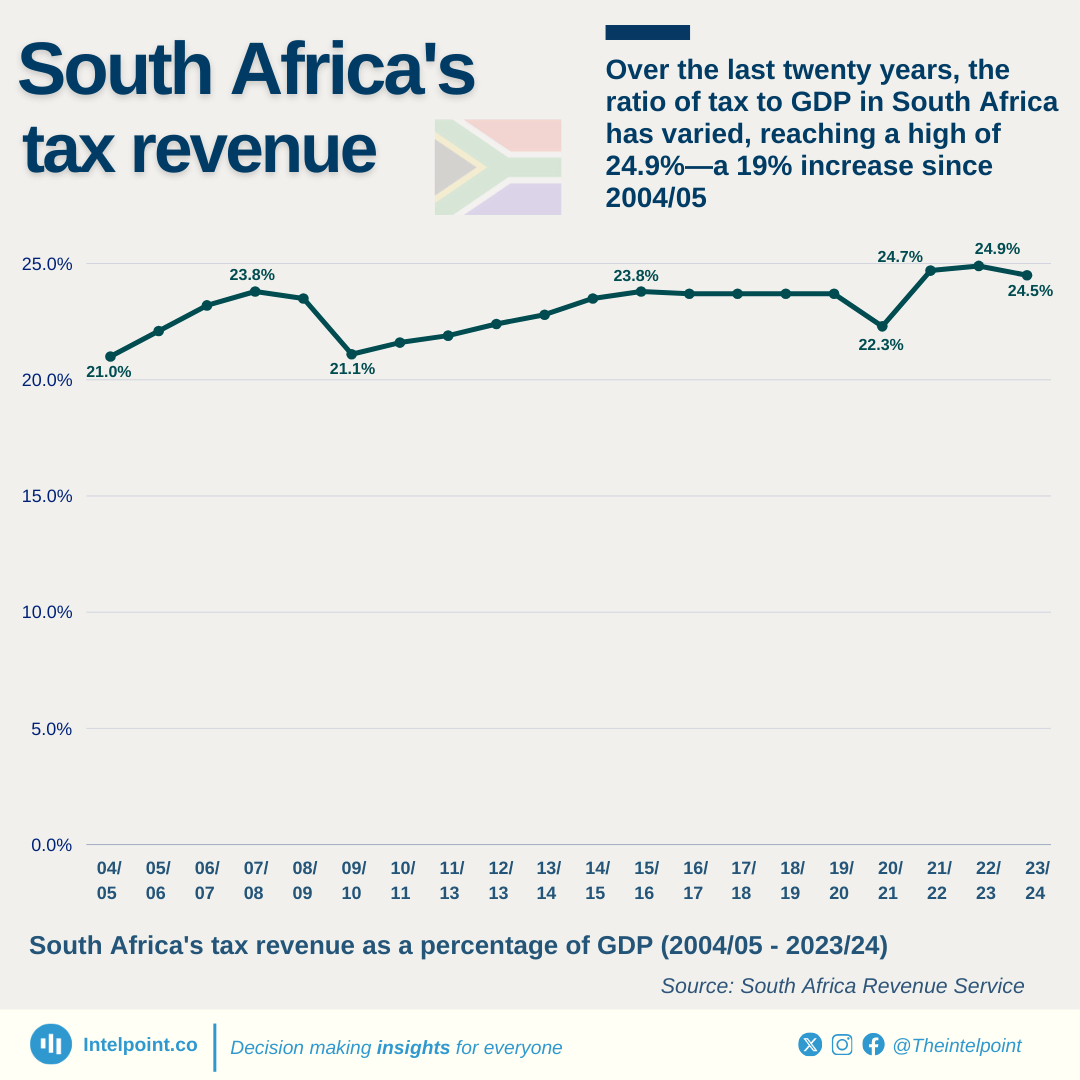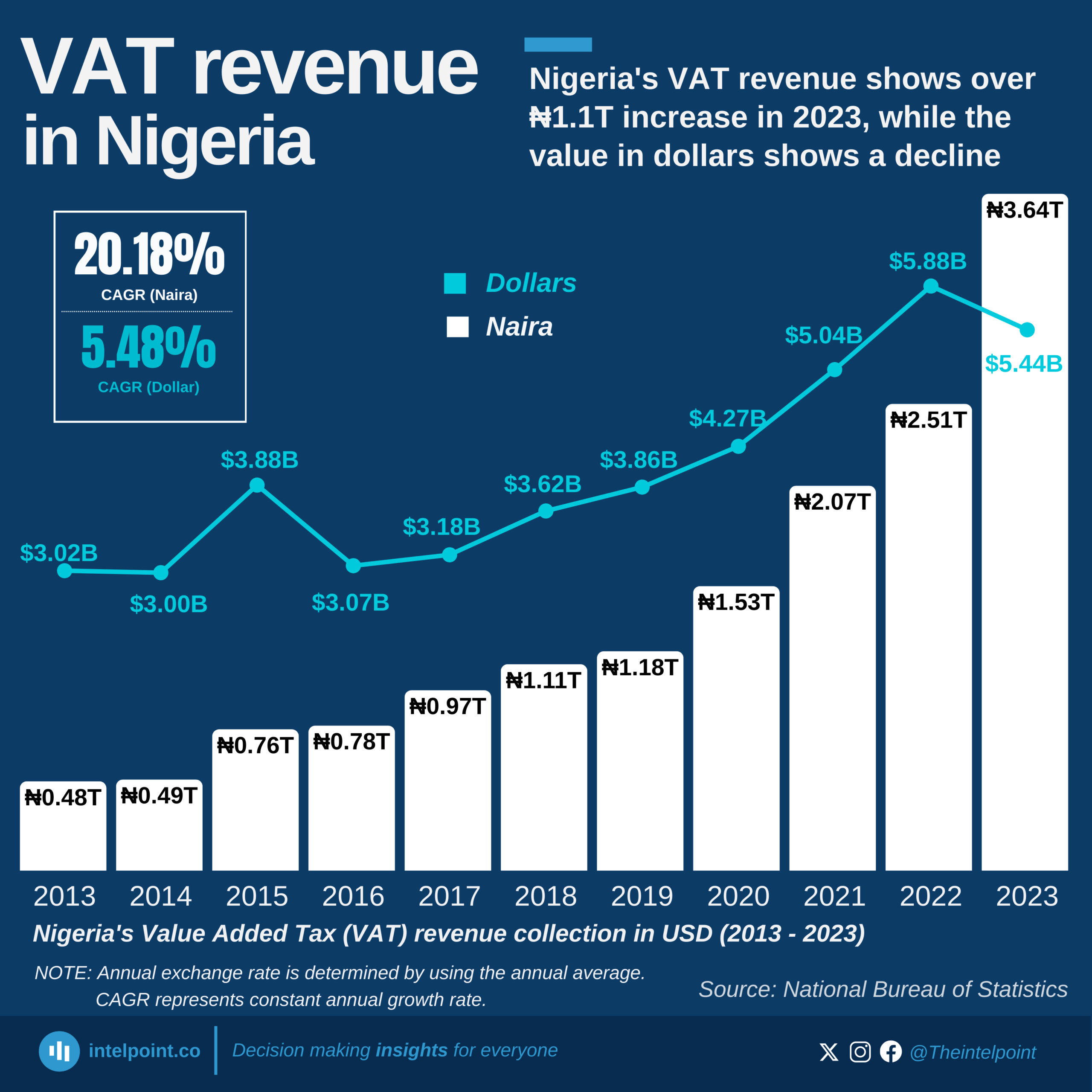Lagos State led Nigeria’s 2022 PAYE tax collections, surpassing the total of 32 other states combined.
PAYE, a tax on employees’ income, saw Lagos contributing 36%, far ahead of Rivers State (11%) and the FCT (∼9%).
This highlights the economic disparity across states.
